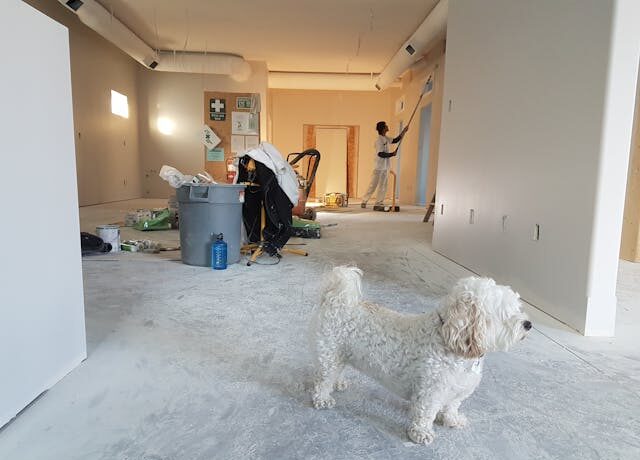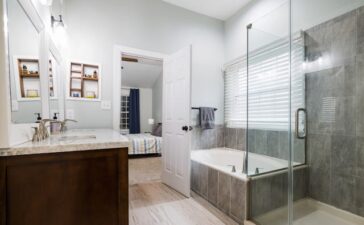Home renovations and home carpentry go hand in hand, forming a dynamic partnership that elevates interior design aesthetics and enhances functionality. In this article, we’ll explore the symbiotic relationship between home renovations and home carpentry, highlighting the importance of skilled craftsmanship in transforming living spaces and creating personalized, functional environments.
Carpentry is an essential component of home renovations, providing the craftsmanship needed to bring design visions to life and achieve desired aesthetic and functional outcomes. From custom-built cabinetry and shelving to intricate trim work and architectural details, carpentry plays a pivotal role in enhancing the beauty and character of interior spaces. Skilled all home carpentry hoppers crossing possess the expertise to work with various materials, including wood, laminate, and composite materials, to create bespoke elements that seamlessly integrate with the overall design scheme of a home.
One of the primary benefits of incorporating carpentry into home renovations is the ability to customize and personalize interior spaces according to the homeowner’s preferences and lifestyle needs. Unlike pre-fabricated furniture and fixtures, custom carpentry allows homeowners to tailor design elements to fit specific dimensions, styles, and functional requirements. Whether it’s creating built-in storage solutions, crafting unique furniture pieces, or adding decorative accents such as crown moulding or wainscoting, carpentry enables homeowners to infuse their personality and style into every aspect of their living environment.

Moreover, home carpentry adds value to home renovations by enhancing the functionality and usability of interior spaces. Custom-built cabinetry, shelving, and storage solutions maximize available space and optimize organization, making it easier for homeowners to maintain a clutter-free and organized living environment. Additionally, carpentry can address unique spatial challenges and capitalize on underutilized areas, such as alcoves, niches, and awkward corners, to maximize storage and functionality.
In addition to aesthetics and functionality, home carpentry also contributes to the structural integrity and longevity of interior spaces. Skilled carpenters employ precision techniques and quality materials to ensure that custom-built elements are durable, sturdy, and built to withstand daily wear and tear. Properly installed cabinetry, trim work, and architectural details not only enhance the visual appeal of a home but also contribute to its overall structural stability and value.

Furthermore, home renovations that incorporate carpentry offer the flexibility to adapt living spaces to meet evolving needs and lifestyle preferences. As families grow and lifestyles change, the functionality and layout of interior spaces may need to be modified to accommodate new requirements. Custom carpentry allows homeowners to reconfigure living areas, create multi-functional spaces, and accommodate specific activities or hobbies, ensuring that their home remains adaptable and responsive to their changing needs over time.
Carpentry also plays a crucial role in preserving the architectural integrity and historical character of older homes during renovation projects. Skilled carpenters have the expertise to replicate traditional architectural elements and period-specific details, ensuring that renovations remain true to the original style and character of the home. Whether restoring original trim work, replicating decorative mouldings, or recreating historic cabinetry designs, carpentry allows homeowners to honour the heritage and craftsmanship of their homes while incorporating modern amenities and conveniences.





